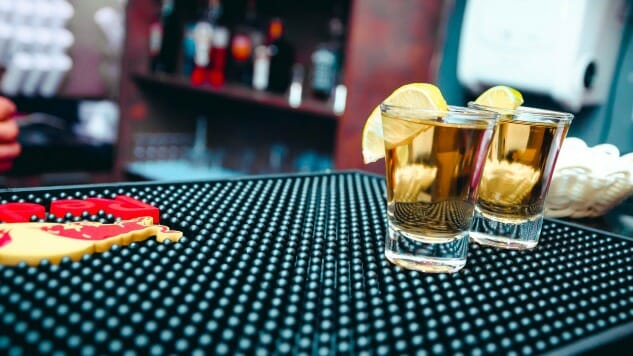The Quick and Easy Guide to Tequila

If you’re shopping for a bottle of tequila for Cinco de Mayo this week, you’re not alone. Whereas you once would have only had the option to buy a bottle that would probably give you a hangover in the morning, the spirit has gotten a lot more refined in recent years. Sure, you can still find a cheap tequila best suited for drowning in a margarita, but there are also options that beg to be sipped neat. There are lots of nuances in the tequila space, but if you’re new to drinking the “good stuff” in the space, here’s a rundown on the basics:
100% Agave
By in large, you only want to purchase a bottle of tequila if “100% Agave” is written on the label. In order for a tequila to be a tequila it needs to be made using blue agave in the Jalisco region of Mexico. The agave has to be grown in the region, and the spirit also has to be distilled and matured there.
One thing that doesn’t have to happen in order for something to be a tequila is for it to be made entirely out of blue agave. To score the designation it just has to be 51% blue agave. That means that other 49% can be whatever the tequila maker wants, and they don’t have to tell you what that thing is. In some cases it could just be a different kind of agave other than blue agave, but it could also be corn distillate, or straight ethanol.
These “mixed” tequilas are typically the ones you shoot and immediately regret doing so. There also the ones that are most likely to give you a brutal hangover in the morning.
-

-

-

-

-

-

-

-

-

-

-

-

-

-

-

-

-

-

-

-

-

-

-

-

-

-

-

-

-

-

-

-

-

-

-

-

-

-

-

-








































